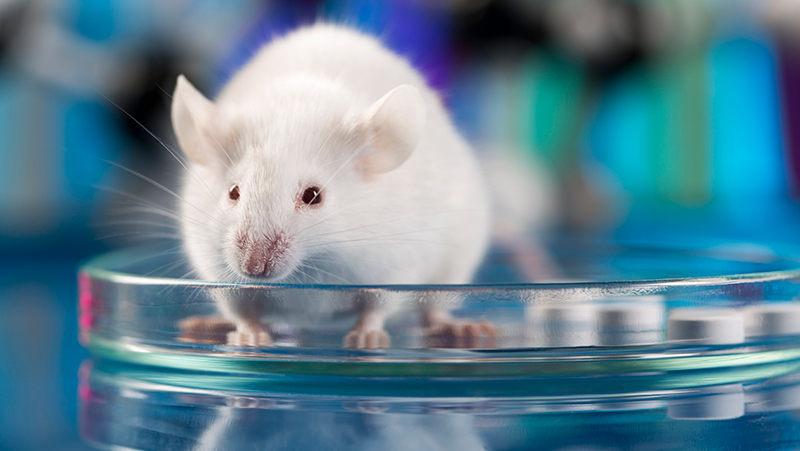Mouse Avatars of Human Cancers: Undelivered Promises
As a child, Max Ritvo climbed into his mother's bed to watch cartoons every Monday, a ritual so important to Max that he named his dog Monday. As a 16-year-old high school wrestler with a black belt in karate, Max was diagnosed with Ewing sarcoma. Over several years, he suffered through toxic chemotherapies, including an immunotherapy drug that only seemed to accelerate his tumor growth. Finally, a sample of Max's sarcoma was injected under the skin of a mouse to create an avatar of his cancer. This is called a patient-derived xenograft or PDX. When a drug that succeeded in controlling Max's mouse avatar sarcoma was given to him, it did not work. More about Max later.
Acknowledging decades of mouse research failures in cancer treatment, scientists in recent years have sought answers from mouse avatars like Max's—mice who have fragments of specific human tumors injected under their skin. The promise is that by studying actual human tumors rather than standardized cancer cell cultures, tumor characteristics and treatment responses mimicking those of the patient may be produced in mice.
This approach seems to be an improvement in the standard but failed xenograft model of cancer research, whereby preserved cancer cell cultures are injected under the skin of mice—until the fact that mice cannot be made to behave like humans dooms the method. After the initial enthusiasm and hype from researchers and media, some of the species-specific discrepancies that make all animal research unreliable for human medicine have emerged for PDX models.
So what has dimmed the prospects for mouse avatars of human cancers? First, because not all human cancers will grow in mice (a strong hint that mice are not a good model), only about half of human cancers can produce PDX models. Because those PDX models can take months to be developed, this approach is too late for many patients with limited survival. And because of the expense and time lag for applications in clinical medicine, PDX production is a shaky business model.
Meanwhile, the genetics and biology of PDX avatars revealed why this has not been a reliable approach to replication of human cancer biology. Researchers at the Broad Institute of MIT and Harvard analyzed the genomes of 1,110 PDX models representing 24 cancer types. They discovered that PDX tumor genetics changed during generations of implants, that those changes occurred in 88 percent of PDX models by the fourth passage, that about 12 percent of the total tumor genome was changed, and that those changes are quite different from genetic changes occurring in the corresponding human cancers. For example, human glioblastomas (lethal brain tumors) tend to gain extra copies of chromosome 7, whereas mouse PDX models of those glioblastomas tend to lose those extra copies.
Further, some of the avatar tumor genetic changes affect the response to chemotherapy drugs, making these models even less reliable for prescribing patient treatments. So the cancer in the mouse avatar, despite being taken from the patient, is not the same cancer that threatens the patient, and may not respond to treatments as the patient would.
Other research has discovered that the human connective and vascular tissues in the PDX mice are replaced by corresponding mouse tissues as they pass between mice. Thus, the "humanized" cancer environment is not even maintained in the PDX model. Another disabling problem is that mice without immune systems must be used to permit tumor growth in the PDX models. Aside from the obvious divergence from the human tumor environment, this precludes testing of immunotherapy drugs—a promising and growing therapeutic class of cancer agents.
PDX-derived cancer treatments are not the answer to the wide translational barrier between animal research and patient outcomes, a barrier called by researchers "the Valley of Death." Lead Broad Institute researcher Todd Golub agrees. He does not think that PDX mouse research is any better than the discredited xenograft mouse model, stating: "I just don't see the PDXs as being some magically different thing."
In a cruel reversal, Max's mother Ariella sat at her son's bed to keep watch as he died in August 2016. Neither standard treatments nor Max's PDX-derived treatment could save him. Ariella had almost frantically led the family foundation's efforts to accelerate progress in cancer therapies, but she said after Max's death: "And I now have the horrible luxury of time."
Cancer patients do not have the luxury of wasted time, funding, and hope buried in the PDX paradigm. The answer is human-specific cancer research. The longer it takes to get there, the more unnecessary cancer deaths will occur.









